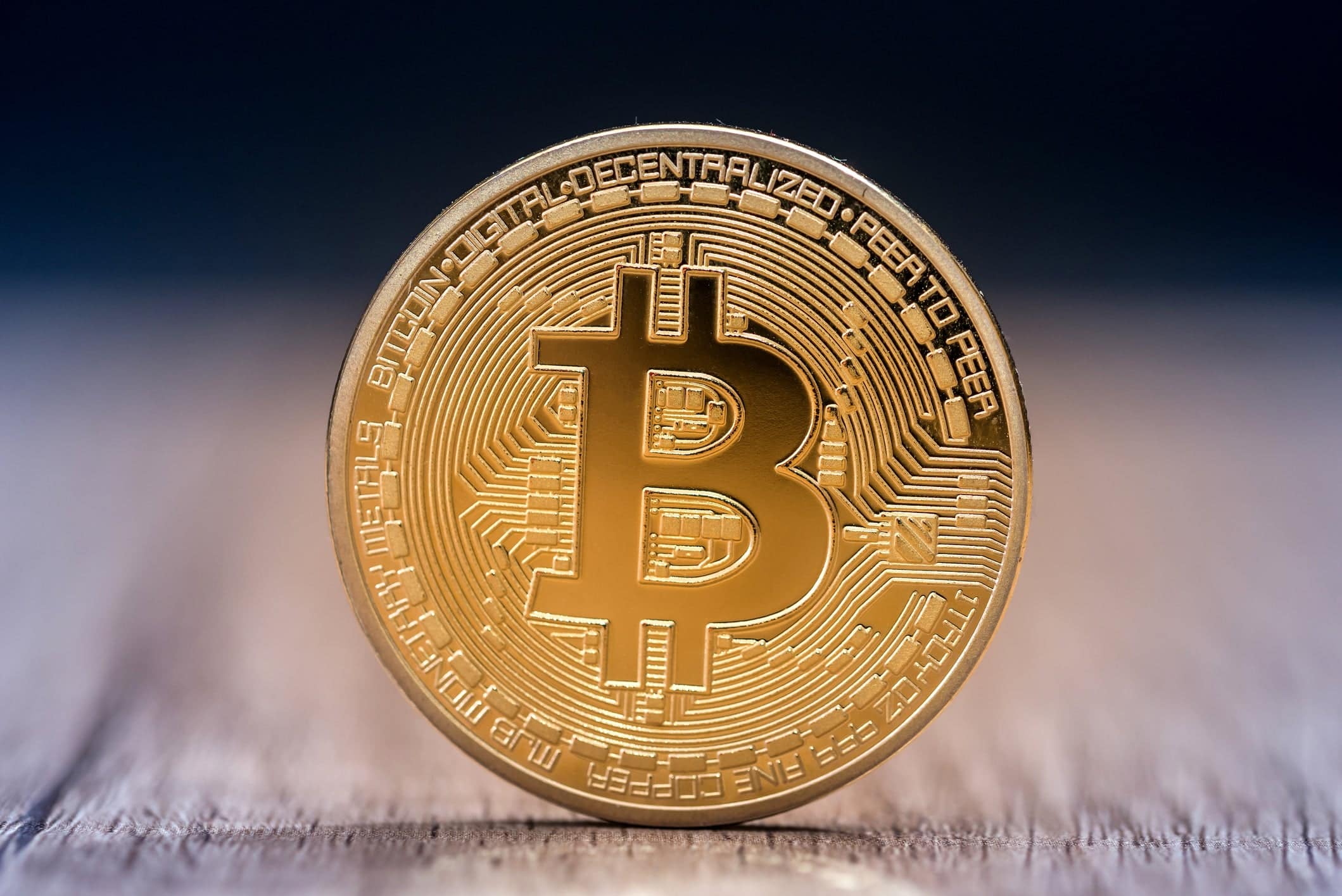
Bitcoin, the world’s first decentralized digital currency, has witnessed a remarkable journey since its inception in 2009. Over the years, the cryptocurrency has evolved from a niche concept embraced by tech enthusiasts to a globally recognized asset class. One of the significant factors contributing to Bitcoin’s recent growth and stability is the increasing institutionalization of the cryptocurrency market. This article explores the effects of institutionalization on Bitcoin, highlighting the transformative role played by institutional investors, regulatory developments, and market dynamics.
Institutional investors: the driving force
The entrance of institutional investors into the Bitcoin market has been a game-changer, reshaping the cryptocurrency’s landscape. With their significant financial resources and expertise, institutional players have brought stability, liquidity, and credibility to the once-volatile market. Paul Tudor Jones, a renowned hedge fund manager, expressed his support for Bitcoin, stating:
I’m not a Bitcoin flag bearer, but I think we’ve evolved, and it’s definitely here to stay. It’s an incredible store of value.
Such statements from respected industry figures have encouraged other institutional investors to consider allocating a portion of their portfolios to Bitcoin.
Grayscale Investments, a digital asset management firm, has been at the forefront of institutional adoption, amassing substantial amounts of Bitcoin on behalf of its clients. Michael Sonnenshein, CEO of Grayscale Investments, emphasized:
Institutional investors have made Bitcoin an integral part of their investment strategies, recognizing its potential as a hedge against inflation and geopolitical uncertainty.
This trend is further reflected in the increasing number of traditional financial institutions offering Bitcoin-related products and services, such as custody solutions and exchange-traded funds (ETFs).
Regulatory developments: fostering confidence
Regulatory clarity has been a crucial factor in attracting institutional players to the Bitcoin market. Governments around the world have taken steps to establish frameworks that address the legal and operational aspects of cryptocurrencies. The United States, in particular, has made significant progress in this regard. Gary Gensler, the Chairman of the U.S. Securities and Exchange Commission (SEC), acknowledged the need for clear regulation and investor protection. Gensler stated:
The crypto markets have been operating without oversight, and without safeguards or rules, in many cases, for many years.
He has called for increased regulatory oversight to prevent fraud and manipulation while fostering innovation.
The establishment of regulated cryptocurrency exchanges, such as Coinbase and Gemini, has provided a trusted platform for institutional investors to engage in Bitcoin trading. Brian Armstrong, CEO of Coinbase, highlighted the importance of regulatory clarity, stating:
As more regulation emerges, I think we’ll see more institutional adoption and funds flowing into the space.
The participation of major financial institutions and their compliance with regulatory requirements has also contributed to the maturation of the Bitcoin market.
Market dynamics: from volatility to stability
Institutional involvement has brought much-needed stability to the Bitcoin market, reducing its historic volatility. Large-scale purchases by institutional investors have created a more balanced supply-demand dynamic. This has been particularly evident in the wake of the COVID-19 pandemic, where traditional markets experienced significant turmoil while Bitcoin demonstrated resilience.
Catherine Coley, CEO of Binance US, commented on Bitcoin’s changing reputation, saying:
Institutions entering the space brings much-needed trust, especially as we move through cycles of economic uncertainty.
The diversification of institutional portfolios with Bitcoin as an alternative asset class has acted as a hedge against inflation and provided a store of value during times of economic uncertainty.
Looking ahead: opportunities and challenges
The institutionalization of Bitcoin has undoubtedly propelled the cryptocurrency into the mainstream financial landscape. However, challenges remain on the path to broader adoption. One such challenge is the integration of Bitcoin into the existing financial infrastructure. Christine Sandler, Head of Sales and Marketing at Fidelity Digital Assets, noted:
We are continuing to see a focus on operational and infrastructure improvements to better accommodate institutional demand.
Additionally, concerns over environmental sustainability have arisen due to the energy-intensive nature of Bitcoin mining. Efforts are underway to develop greener alternatives and implement more eco-friendly mining practices. Elon Musk, CEO of Tesla, recently emphasized the importance of sustainable mining, stating:
Cryptocurrency is a good idea… but this cannot come at great cost to the environment.
Final thoughts
The institutionalization of Bitcoin has revolutionized the cryptocurrency landscape, ushering in stability, credibility, and regulatory clarity. With influential figures endorsing Bitcoin as a store of value and institutional investors recognizing its potential as a hedge against uncertainty, the path toward broader adoption appears promising. However, as Bitcoin continues to mature, challenges such as integrating it into existing financial infrastructure and addressing environmental concerns remain. The question now arises: Will the ongoing collaboration between traditional financial institutions and the crypto industry pave the way for Bitcoin’s full realization as a transformative force in the global economy? Only time will tell as this groundbreaking journey unfolds.